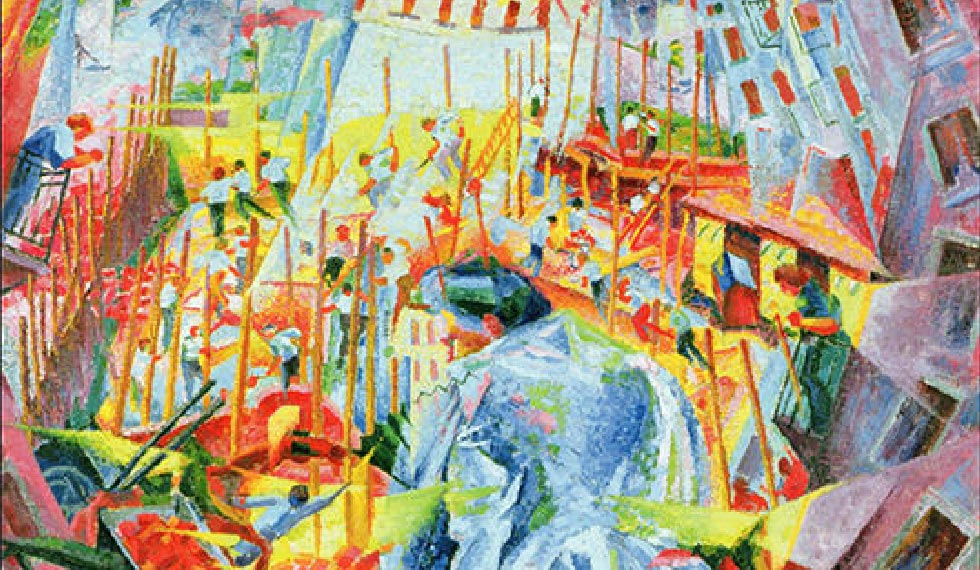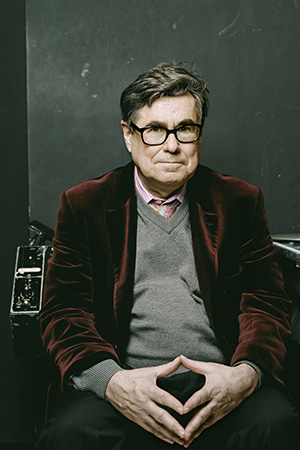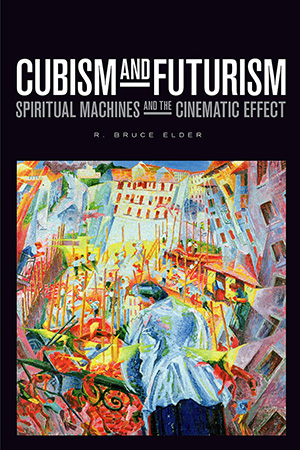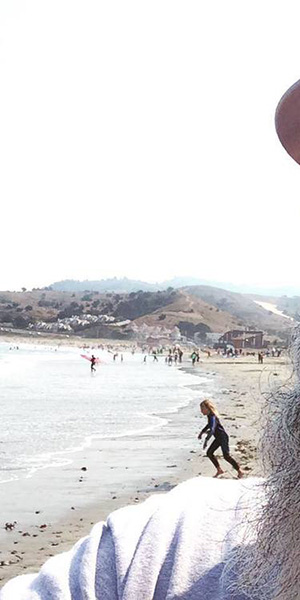
R. Bruce Elder's Cubism and Futurism:
Spiritual Machines and the Cinematic Effect
Fri. November 2, 2018
7:00 PM
Book launch at Ryerson University.
Pages Unbound and Ryerson University's School of Image Arts are pleased to announce their presentation of a book launch celebrating R. Bruce Elder's recent Wilfrid Laurier University Press publication Cubism and Futurism: Spiritual Machines and the Cinematic Effect. The event will be held on Friday, Nov. 2, 2018, at the School of Image Arts, 122 Bond St., Toronto. Author's remarks will begin at 7:00 pm and shortly thereafter Elder will be interviewed by Jim Shedden, arts critic, and programmer, and Director of Publications at the Art Gallery of Ontario.
R. Bruce Elder is an award-winning filmmaker who received a Governor-General's Award in Visual and Media Arts: the citation stated that Elder's film cycle “The Book of All the Dead”, inspired by Dante Alighieri's Commedia and Ezra Pound's Cantos, grew out of his preoccupation with the horrors of modernity, its faith in progress and the loss of a sense of what is good and evil. His current film cycle, The Book of Praise, makes extensive use of computer-image generation, highlighting his fascination with mathematics and digital technology. Elder has been a guest lecturer at institutions across North America and around the world and has written books and articles on film, music, poetry and the visual arts. The jury described him as ‘highly innovative,’ ‘influential’ and ‘acutely intelligent,’ noting the enormous span of his practice and the demanding nature of his films.” Elder's 7.5-hour long film, Lamentations: A Monument to a Dead World was selected as one of the 150 best Canadian moving image works on the occasion of Canada's sesquicentennial in 2017.
Elder's earlier book Harmony & Dissent (WLU Press, 2008) received the prestigious Robert Motherwell Book Prize and was named a Choice Outstanding Academic Book. Rudolf Kuenzli described DADA, Surrealism, and the Cinematic Effect (WLU Press, 2013) as “that rare book that casts the early twentieth-century avant-garde in a very new light.”

Bruce Elder

Cubism and Futurism Book Cover
Jim Shedden is the Manager of Publishing at the Art Gallery of Ontario, where he also occasionally curates film-related exhibitions. In the 1990s, Shedden worked at the AGO as a film curator and performing arts programmer, before leaving for a 12-year stint at Bruce Mau Design. He coordinated the International Experimental Film Congress in 1989 and co-programmed the Innis Film Society from 1985 to 1994. Shedden directed films on Michael Snow and Stan Brakhage, recently completed a feature documentary, I Drink (co-directed by Peter McAuley), and is hard at work on a new feature doc, Music Swims Back to Me (co-directed with Peter McAuley). Shedden has written extensively on music, film, video, art, and design, published dozens of zines and small press publications, and has been involved in the artist-run scene in Toronto since the late 1980s.


Jim Shedden
Filmmaker, writer and professor Elder's new book traces the rise of a new scientific theory, which changed our conception of time, space, objecthood and personhood and demanded revolutionary, new art forms.
Cubism and Futurism were closely related movements that vied with each other in the economy of renown. Perception, dynamism, and the dynamism of perception — these were the issues that passed back and forth between the two. Cubism and Futurism: Spiritual Machines and the Cinematic Effect shows how movement became, in the traditional visual arts. Further, it explores the role of the cinema in amplifying this interest, by demonstrating that with the advent of the cinema the time was over when an artwork strived to lift experience out the realm of flux and into the realm of the changeless eternal.
The cinema at this time was understood as an electric art, akin to X-rays, Lumia, and sonic energy. In this book, celebrated filmmaker and author R. Bruce Elder connects the dynamism that the cinema made an essential feature of the new artwork to the new science of electromagnetism.
Cubism he portrays as a movement on the cusp of the transition from the Cartesian world of standardized Cartesian coordinates and interchangeable machine parts to a Galvanic world of continuities and flows. Drawing on the ideas of Marshall McLuhan, Elder shows that Futurism, by way of contrast, embraced completely the emerging electromagnetic view of reality.
Cubism, and Futurism: Spiritual Machines and the Cinematic Effect examines the similarities and differences between the two movements engagement with the new science of energy and shows that the notion of energy made central to the new artwork by the cinema assumed a spiritual dimension, as the cinema itself came to be seen as a pneumatic machine.
Reviews
“This volume establishes R. Bruce Elder's writing as belonging among works of rare analytical depth, and probably unique within the panorama of film theorists. I know of no cineaste more attentive to esthetical and philosophical issues. The tissues of his thought processes manifest constantly in the deluge of original commentary, opening innovative avenues of meaning. Reading this volume is like entering into a fascinating territory of futurist and cubist poetics, with the view of a boundless horizon. Elder, in a systematic way, gathers the boundaries of various theoretical matrixes and melts them to enrich the architecture of cinematographic thinking.”
— Antonio Bisaccia, Director, “Mario Sironi” Academy of Fine Arts
“This very important essay by Bruce Elder clarifies perfectly the difference between two great phases in Western Culture. The former, modernity, was dominated by the conceptions of a Newtonian and Cartesian space, based on ancient Euclidean geometry, whereas the latter, beginning at the end of the eighteenth century, conceived the first intuitions about electromagnetism. In contemporary art, the consequence is that Cubism remained “between the two,” liberating forms from Euclid but leaving them to the immobility of a surface, whereas Futurism understood that the moment had arrived to conquer movement, time, and real existence through new technological tools like cinema and X-rays.”
— Renato Barilli, University of Bologna, Italy
